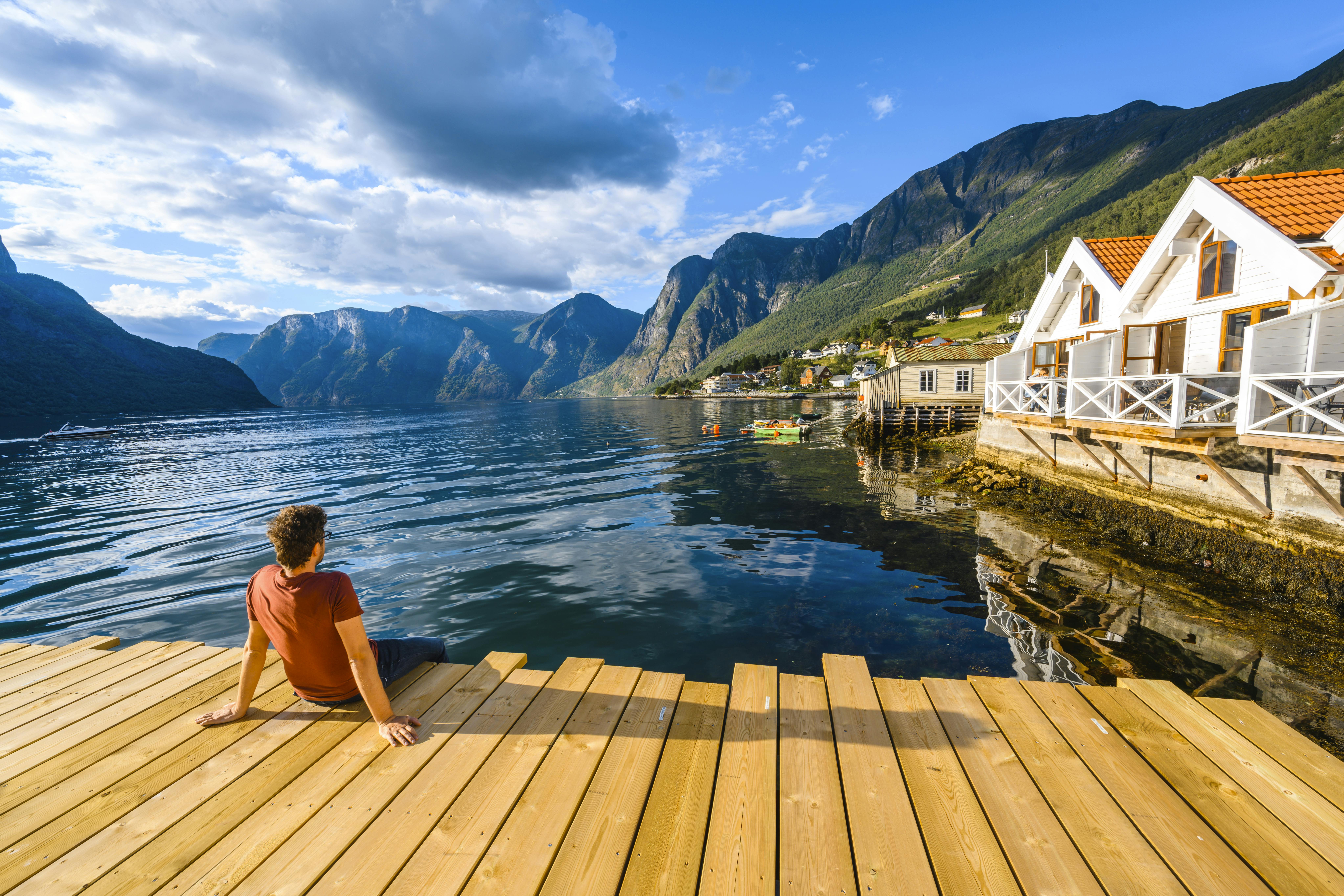Everything You Need to Know for Your Trip to Iceland, Sweden, Norway, Finland and Denmark
It was 8:55 a.m., and breakfast was winding down in my favorite boutique hotel in Stockholm. Servers were removing platters of cured salmon and replacing them with new coffee cups, tiny dessert plates and pastry platters.
“Lunch set-up already?” I asked one kitchen worker. She glanced up with a bright, wry smile, like a third-grade teacher explaining something any kid should know.
“Fika soon!”
Were I Swedish, I would have realized that. This lovely midmorning coffee-and-pastry ritual is an iconic part of Swedish life that has almost constitutional status. You may hear that fika is enshrined in law, but that isn’t true and makes it sound like a Stanley-thermos coffee break at an American factory.
Swedes so treasure fika that it needs no legal standing; it just simply is, a facet of life in a part of the world justly famed for dedication to a meaningfully enjoyable existence. Fika is included in employment contracts, can take place indoors or out, and can be both a noun and verb: “Let’s fika in the park tomorrow morning,” one friend may suggest to another.
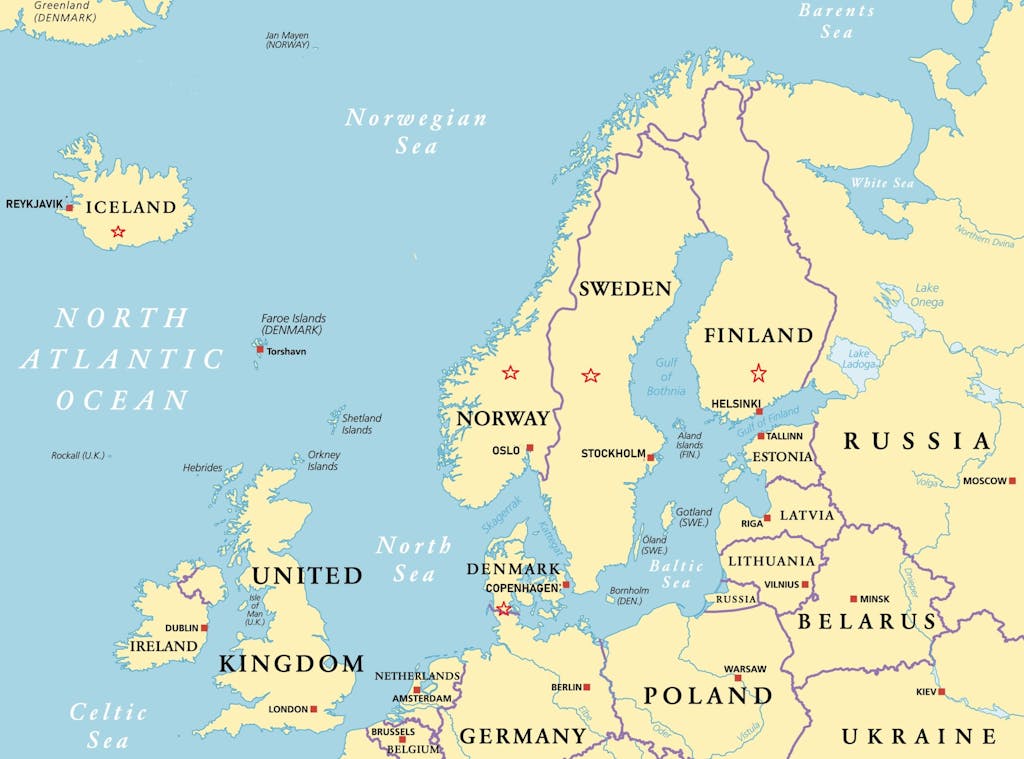
Sweden’s fika is both scrumptious and exemplary. All five Nordic countries — Finland, Sweden, Norway (Oslo pictured in photo at top), Denmark and Iceland — are world-class examples of a quality of life. That quality is a top social value in all five, pervading nearly every experience in these distinctive lands.
It’s the reason they are perennially at the top of surveys measuring best places to live. Each country’s cultural framework explicitly and expansively supports a good quality of life and family well-being.
Finland also has been the happiest of all (for seven years running), according to U.S. News & World Report’s annual measure of the happiest countries. Why? Its most recent edition credited the country’s free education for all (including college), expansive health coverage, strong emphasis on family well-being, gender equity and care for the environment.
There’s more to the wonders of the Nordic region, of course. Each of the five is spectacularly scenic, offers generally superb environmental quality and has a capital city that is among the planet’s best destinations for visitors.
Outdoor pursuits are virtually boundless; going outside is a key aspect of life in Nordic lands, not just for fun but for overall well-being.
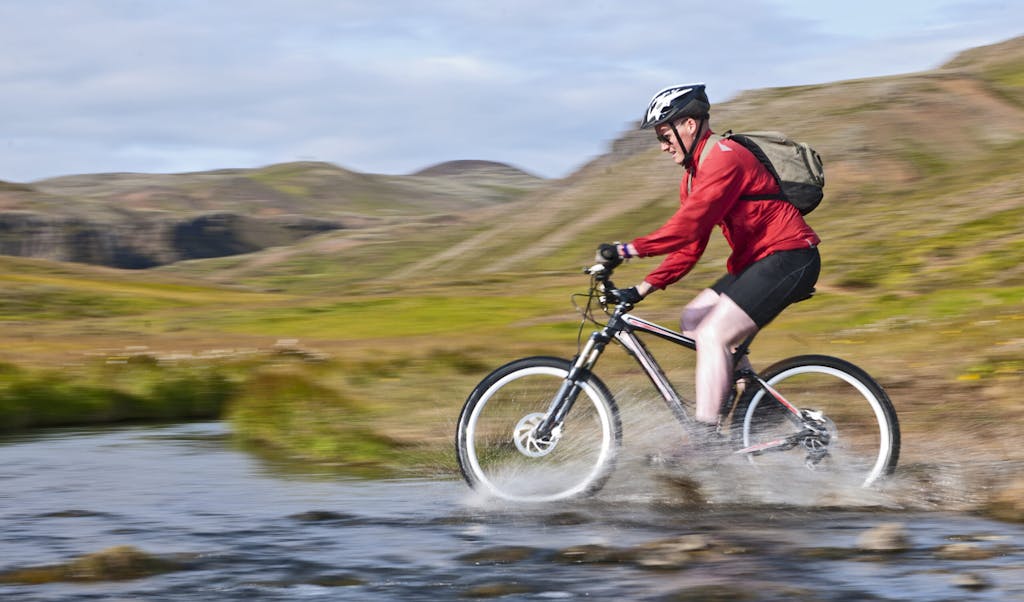
In warmer season, walking, biking, swimming, sailing and winter pursuits, such as skiing, skating, snowshoeing, dogsledding and more, are integral parts of life here.
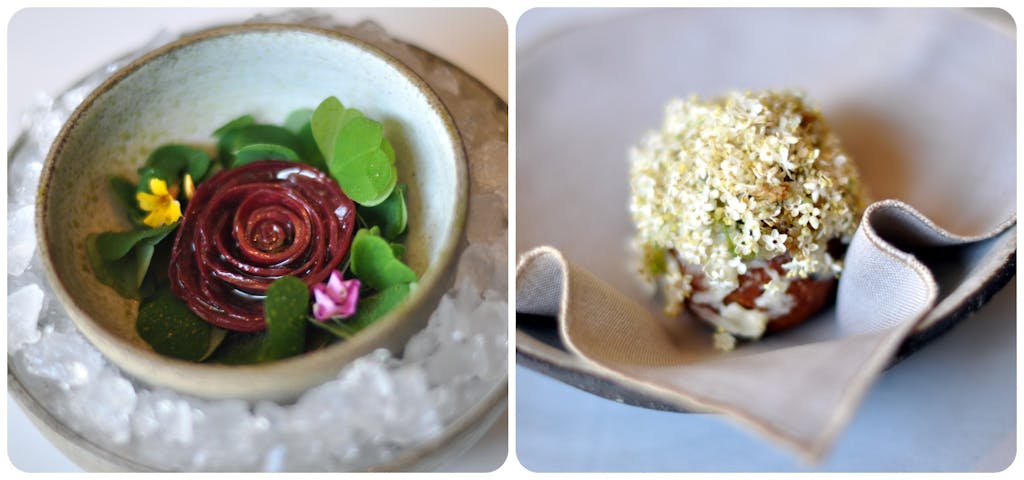
The region’s cuisine is better than most people credit it. Noma, in Copenhagen, for instance, consistently ranks as one of the world’s top restaurants. Chef René Redzepi turned the staples of Nordic food (seafood, root vegetables, foraged materials) into an inventive New Nordic cuisine that is savory and distinctive. Think fried cod collar (or, as Bon Appétit labeled them, “spareribs of the ocean”), served with crème fraîche and caviar.
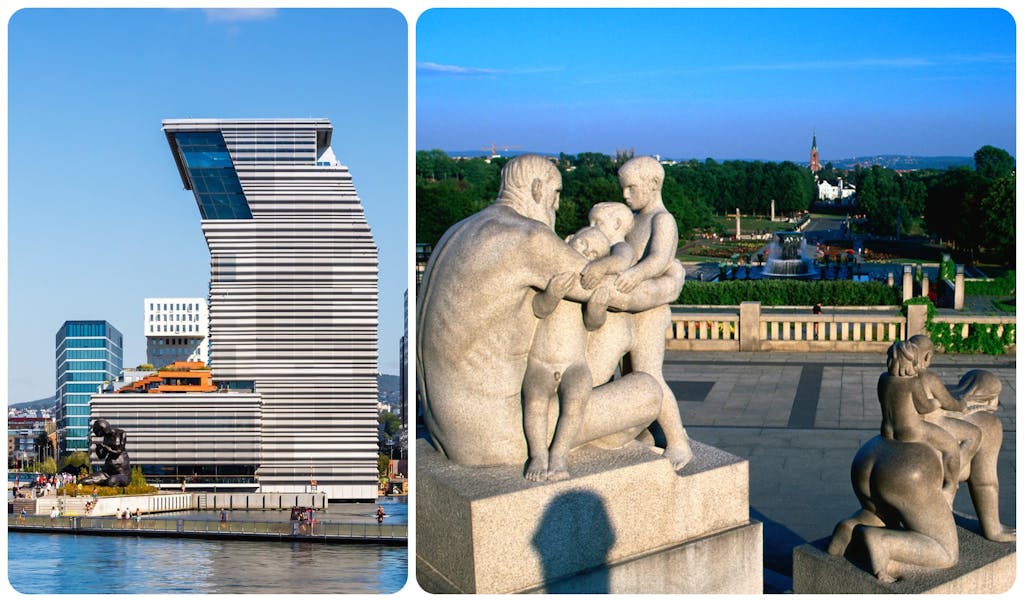
The gems of Nordic culture are manifest as well: Norway’s Edvard Munch is world famous, partly because of “The Scream,” and his compatriot Gustav Vigeland’s fascinating sculptures fill a 200-acre park. Sweden’s Abba rode the top of the planet’s airwaves for years, at one point constituting a notable fraction of their country’s export economy. Iceland’s many inventive artists such as Bjork have assumed Abba’s musical role.
In Denmark, designers faced with material shortages during World War II created a still-popular style known as Danish Modern. (Danes grumble that Sweden’s Ikea unfairly borrowed in a case of Scandinavian cultural appropriation.) Danish directors Lars von Trier and Bille August are among the most admired modern filmmakers.
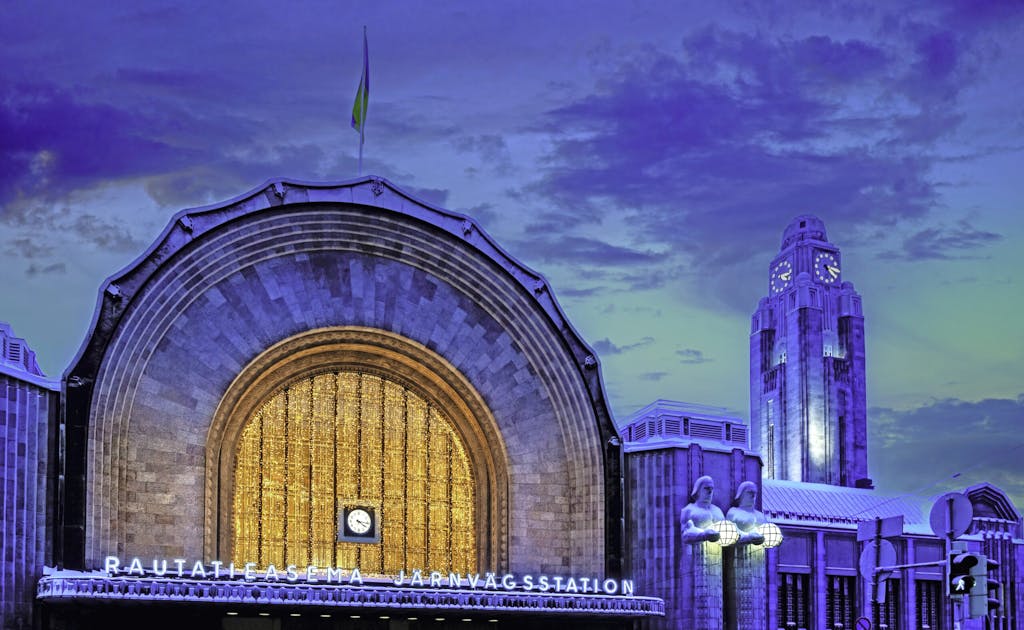
In Finland, Jean Sibelius is one of the 20th century’s best-loved composers worldwide, especially his “Finlandia,” a staple of symphony repertoires. And Eliel Saarinen’s architecture helped establish modernist design; his work can be admired throughout Helsinki.
Healthy, happy, prosperous, beautiful: What’s not to like, except an occasional bit of weather? Visiting the Nordic lands is a feast culturally, recreationally, culinarily, socially.
Which Silversea ship visits the Nordic countries?
Silver Dawn, a 596-passenger ultra-luxury ship, which was launched in 2021.
S.A.L.T. on Silver Dawn

Silver Dawn is one of four Silversea ships outfitted for and offering the culinary program unique to Silversea called S.A.L.T., which stands for Sea and Land Taste. Through this innovative series of experiences, passengers receive in-depth introduction to a region’s cuisine. Experiencing local cuisine is a key element – one could argue it is the key element – of travel for most travelers. Silversea’s S.A.L.T. events occur onboard and off.
For example, the menus of a S.A.L.T. Kitchen gathering focus rigorously on the cuisine guests would experience in a particular region. In the S.A.L.T. Lab, guests can learn about the area’s cookery and what makes it unique. In S.A.L.T. Experiences, onshore excursions are devoted to exploring regional cuisine in port-of-call restaurants, markets, bakeries and more.
Nordic lands’ itineraries take guests to a region whose food is often unknown or misunderstood, but it has achieved new status in the 21st century. The chefs of restaurants in Copenhagen, Stockholm and other Nordic capitals regularly show up at or near the top of world-best lists.
But how can one create a gourmet cuisine from ingredients that top chefs might have scoffed at not long ago?
“New Nordic cuisine builds on the culinary foundations of Icelandic, Norwegian, Danish, Swedish and Finnish techniques and ingredients, sometimes reimagining smoked and pickled fish, foraged berries and fire-cooked wild game into artful presentations of powders, sauces, splatters and smoke,” says Los Angeles Times food writer Stephanie Breijo. “It has risen to global prominence the last two decades and been the hallmark of some of the world’s most famous restaurants such as Noma in Denmark and Fäviken in Sweden.”
Barley and beets, wild berries and wild game, rutabagas and more are “roots food” in its most authentic modern form. S.A.L.T. provides passengers the chance to learn in detail how that takes shape on the dinner plate.
What should I pack for a Nordic cruise?
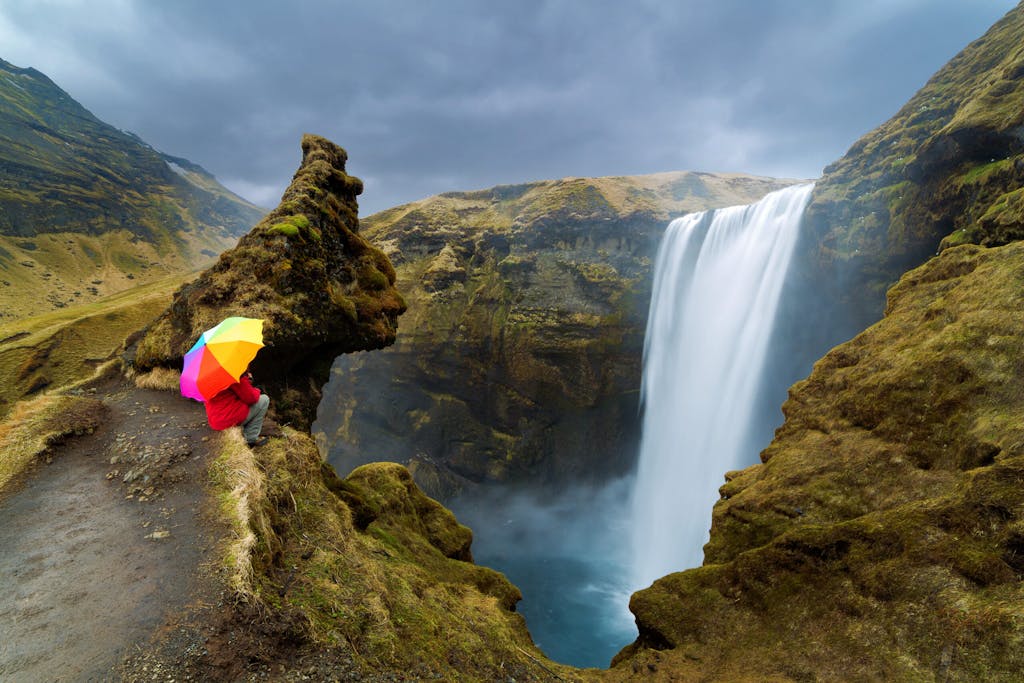
Nordic weather is undependable, a reputation not entirely unjustified but somewhat exaggerated (except in Iceland, see below). Summer cruise season brings languid, long, sunny days with highs of 60 to 70 and cool nights during which a light sweater or jacket is helpful.
Keep this Norwegian axiom in mind: There’s no such thing as bad weather, just bad clothing.
Pack sweaters and fleece, and shorts, sun dresses, sunglasses and swimsuits. (Swedes and Finns love swimming.) Linens work well for a Nordic cruise. Fleece and rainproof outerwear may come in handy.
Dress standards in the major cities are more formal than in American cities: Slacks, collared shirts and light jackets are standard for most Nordic urban residents and are wise choices for passengers heading into the cities for fine dining, for example.
Observant travelers may notice that Nordic men, especially in Sweden, may wear much brighter colors than elsewhere: Lime green slacks, for instance, topped by a pink shirt. If you have such garments, feel free to pack them.
Iceland deserves special mention: Its climate is as famously temperamental as its landscape is sensational. My visit, in early May, included one day in which a drive around the countryside took us through rain, sleet, snow flurries, piercing wind and blazing hot sunshine. How to prepare for that? Layers, people.
Keep this Norwegian axiom in mind: There’s no such thing as bad weather, just bad clothing.
All about the delightful Baltic Sea
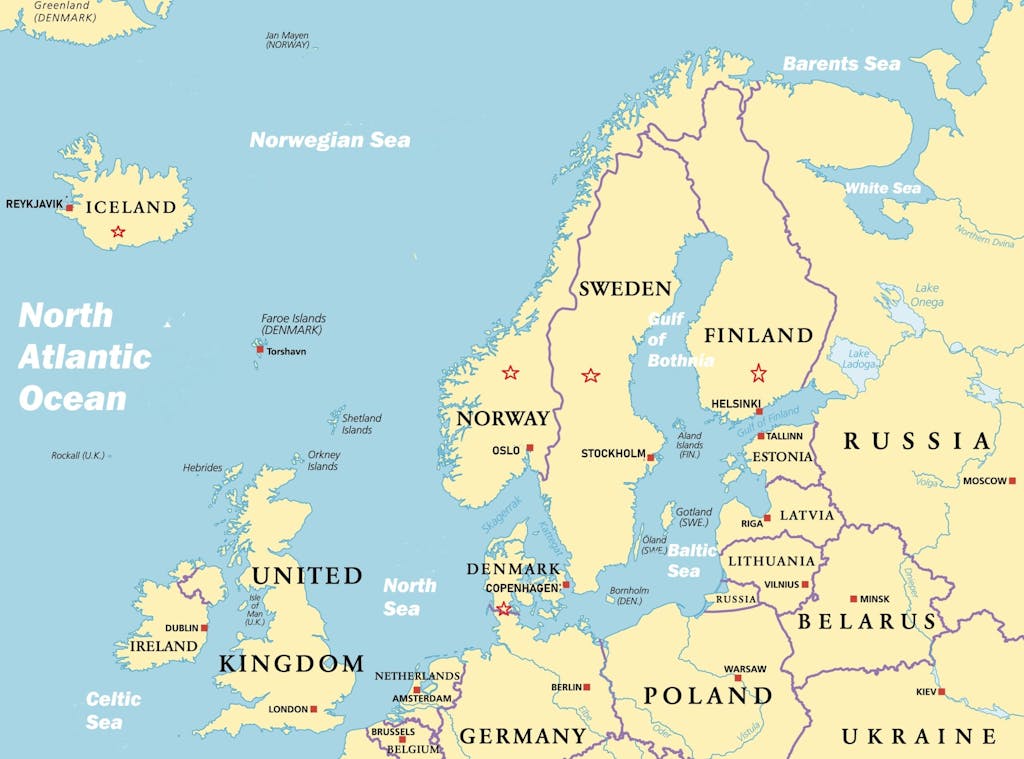
Depending on how you interpret the term “sea,” of the world’s two dozen or so such bodies of water, the Baltic is unique in several ways. Most notably, it is the least saline of all the world’s vast interconnected ocean systems. Its surface salinity ranges from .3 percent in the far north to .9 percent in the southern reaches.
The waters host oceanic species such as herring but is much “lighter” in feel than open ocean water. The world’s ocean average 3.5 percent; the Dead Sea is 33 percent
The North Sea, by contrast, is “invigorating,” cold, often blustery and gray. This is Polar bear country.
What’s the best way to enjoy the Baltic
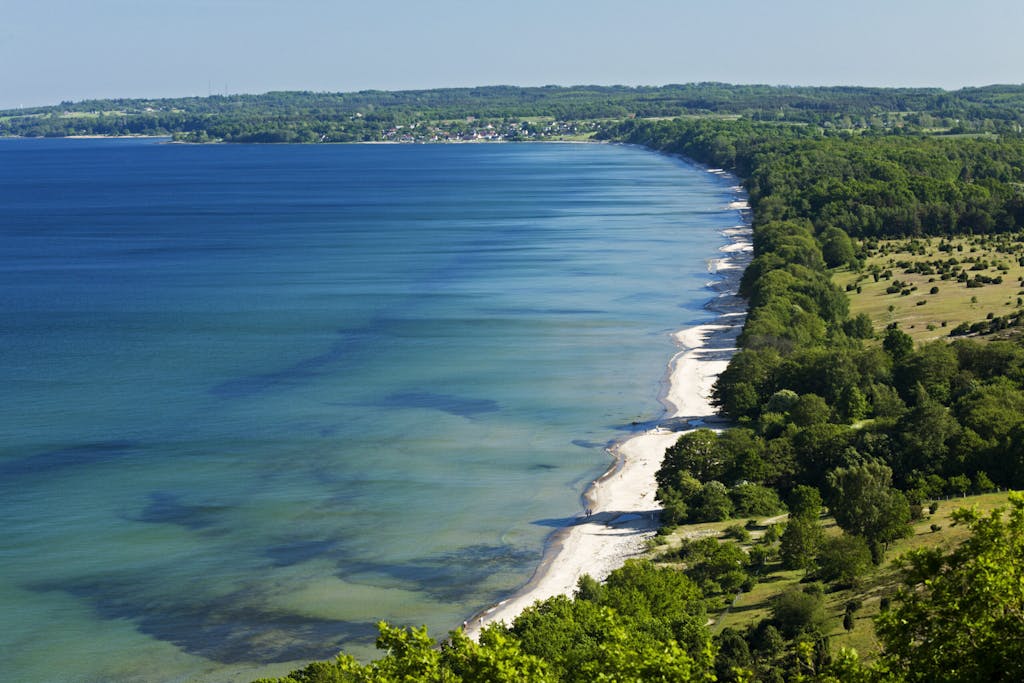
Go to the beach. Do stuff. Sounds simple because it is. Stroll the honey-colored sand, enjoy the ever-fresh breeze, ride your bike along shoreline paths and be sure to pack your swimsuit.
There’s plenty of shore to go around.
Sweden has about 2,000 miles of coastline; Finland, 2,760 miles; Denmark, with sea on three sides, 4,350 miles. Norway, which has a seemingly infinite number of fjords, bays, inlets and such, has a 63,000-mile coastline, second-longest on Earth, after Canada.
Finding the good life
The five Nordic countries are distinctive, but all boast world-class social and cultural frameworks that place them atop the world in many measures of lifestyle.

In 2024, for example, a Wharton School ranking included Denmark (No. 1), Sweden, Norway and Finland all in the top 10. World Population Review’s annual survey of national happiness placed all five Nordic countries in the top 10.
“We have a good society that enables everyone to have a good life,” former Prime Minister Sanna Marin told U.S. News.
Close behind: Denmark, Iceland and Sweden, and Norway at No 7.
The great ‘getaway’ country is…
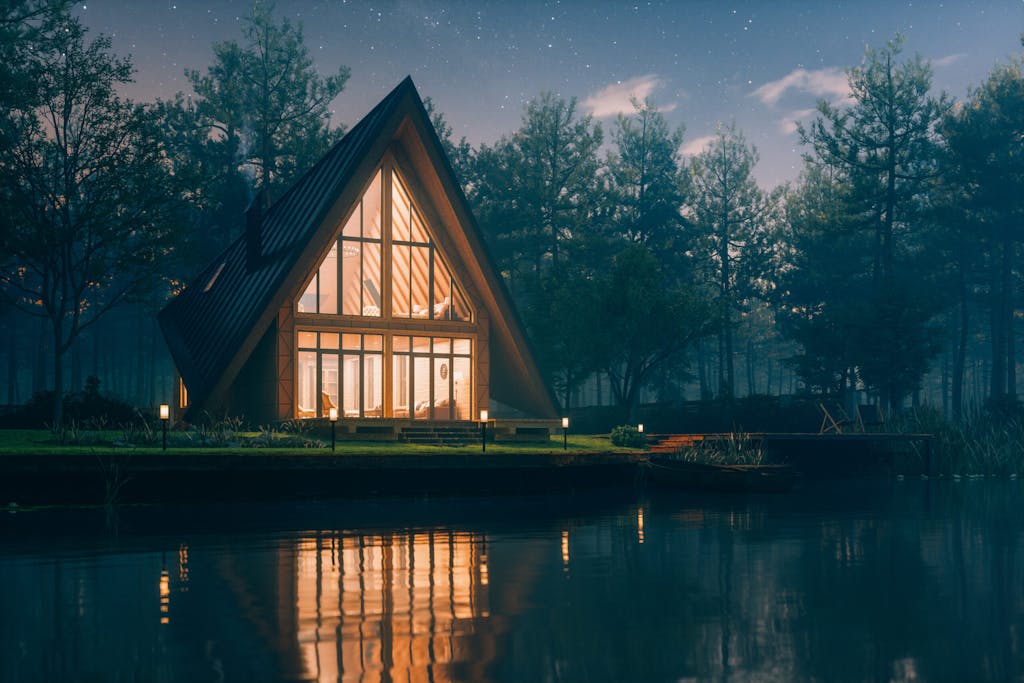
Sweden.
“Lagom,” a concept central to Swedish society, but little known outside the country, translates loosely as “enoughness.” It signifies the Swedish dedication to a lifestyle centered on family, wellness and enjoyability rather than “vanity and a striving after wind,” as King Solomon put it.
“The Swedish lifestyle tenet of lagom translates as not too much, not too little, the right amount,” says Christo Jaranoff, chef at Swedish Cultural Center Seattle, who is of Scandinavian/Bulgarian heritage. “It’s a philosophy that aims at balance in every area and juncture of life.”
Swedes, for instance, generally focus not on large single-family homes but tend to live in sensible apartments in the city and aspire to summer getaway cottages, or stuga, in the countryside. Sweden boasts more than 600,000 second homes, government statistics say, and more than half the country’s population has access to a vacation home.
These are generally cabins in appealing locations, typically near one of the country’s 97,500 lakes or on one of its 267,000 islands. (Sweden is the No. 1 islands nation, although many are just an islet or a skerry, a rock or reef.)
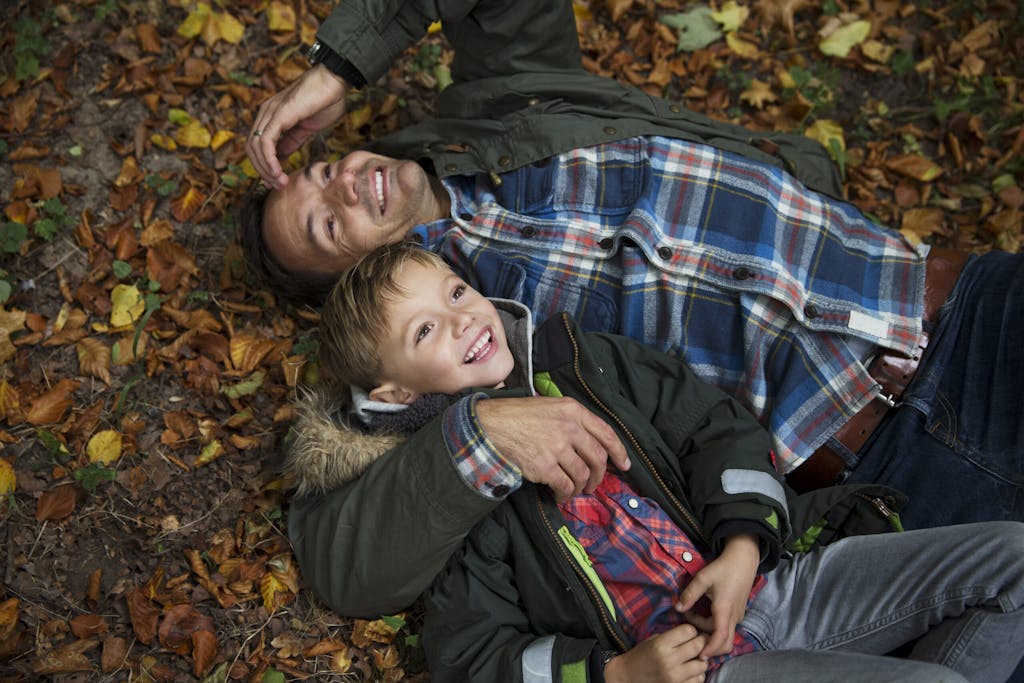
Denmark, for its part, is known for a concept called “hygge,” pronounced “hoo-gah,” which loosely translates to “comfortable coziness” and embraces the virtues of a welcoming, relaxed and wholesome home life.
The country’s tourism website describes it this way: “In essence, hygge means creating a warm atmosphere and enjoying the good things in life with good people. The warm glow of candlelight is hygge. Cozying up with a loved one for a movie – that’s hygge, too. And there’s nothing more hygge than sitting around with friends and family, discussing the big and small things in life.”
Maybe money can buy happiness after all
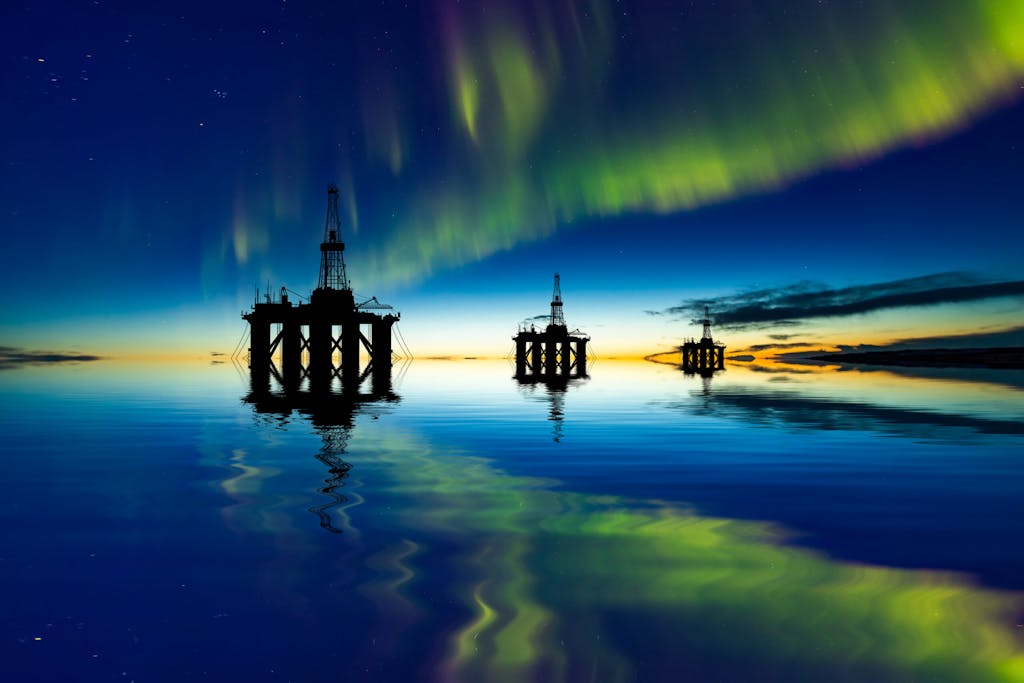
All four of the main Nordic countries appear in most lists of national wealth. In the Economist magazine’s annual list of 20 richest countries, for example, Norway is No. 1.
Natural resources have contributed mightily to the region’s prosperity. Norway’s economy has for decades been based on the North Sea oil found offshore; it remains one of the world’s top 20 petroleum producers and as a direct result, its sovereign wealth fund is the world’s largest, at more than $1 trillion. That’s almost twice as much as any Mideast country or major global power, such as China.
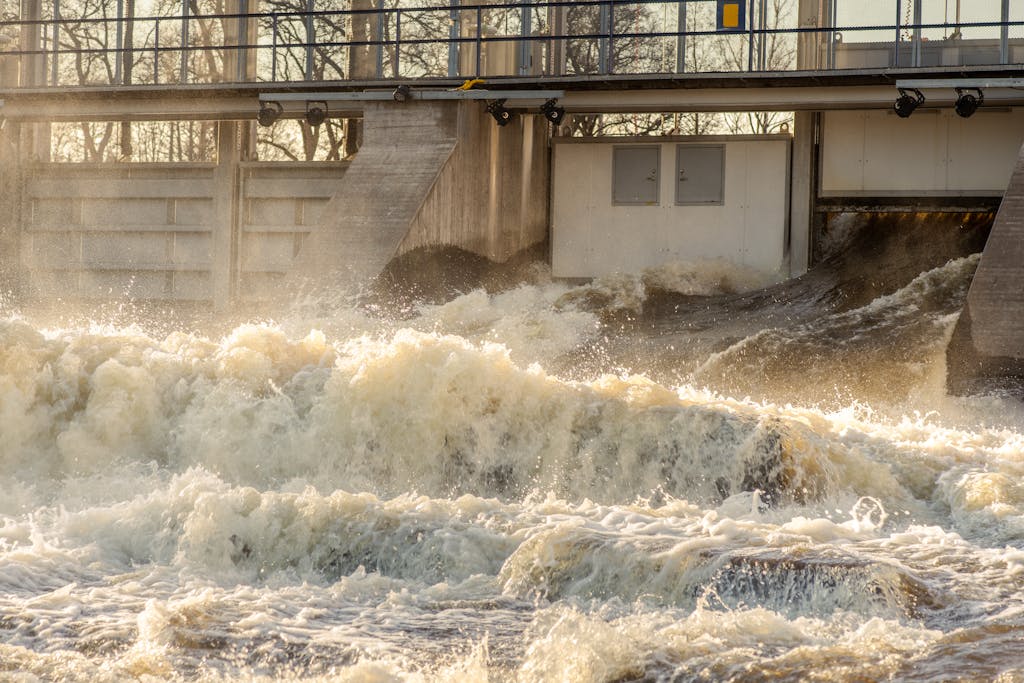
Sweden is blessed by immense hydropower resources. The country’s northern region produces more than twice as much electricity as it uses and is thus actively recruiting high-tech companies that require large amounts of power. North Sweden’s electric surplus equals the annual power consumption of Hungary.
In the late 20th century, Finland transformed its economy from forest products (still a major export) to manufacturing. Between 1998 and 2012, Nokia was the world’s largest mobile phone manufacturer. Though it has since been absorbed into other companies, high tech remains a key component of the Finnish economy.
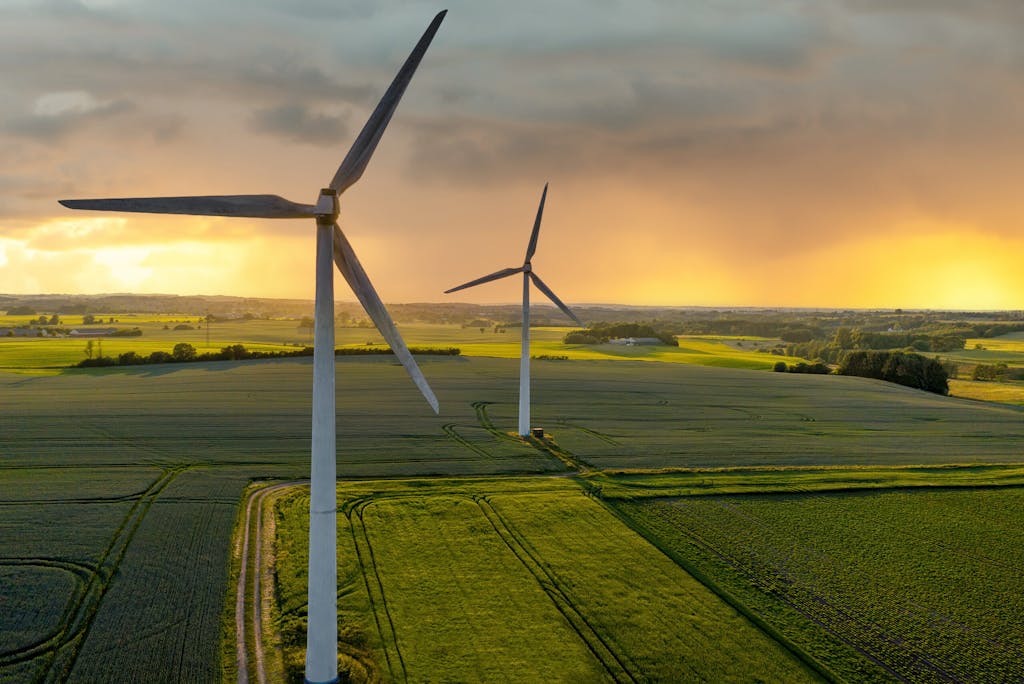
The Danish, meanwhile, have a well-rounded economy in which agriculture, trade, pharmaceuticals and fisheries are important. Denmark also is a leader in wind power, both as a producer of power and turbines. The country now exports electricity and manufactures a significant part of the world’s wind turbines. Vestas, founded in 1945, is a pioneer and still global leader in this field.
Iceland, meanwhile, has one of the world’s largest geothermal and hydropower resources, and produces virtually all its electric power sustainably.
The heat is on

As in some other parts of Northern Europe, sauna is a central facet of daily life in Nordic lands, especially Sweden and, most famously, Finland. It’s not just a relaxation amenity. Nordic peoples consider it a key wellness practice with cultural value. That’s why Finland has more than 3 million saunas in a country of 5.5 million people.
Finnish sauna is not just a relaxation event, then, but a wellness ritual. An authentic Finnish sauna will be found near a cold-water-plunge, the ritual including bathing as well as heat. If you have a chance to experience a genuine Finnish sauna visit, do so.
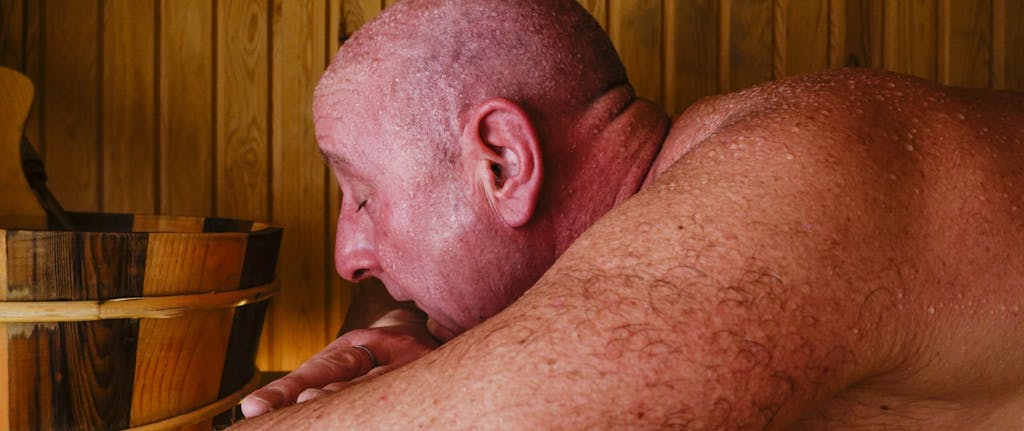
Swedes embrace the roasting followed by a cold plunge, but not the bathing. One of my many visits to Sweden found me at a countryside resort with a massive sauna perched on a dock over a Baltic inlet. The schedule is steam, plunge, climb out, rest a few minutes, repeat.
Americans may be surprised to find that throughout Nordic lands, saunas are much hotter than in the U.S.: Finns and Swedes don’t consider the sauna worth entering until it approaches 200 degrees F.
Saunas are also prevalent in Norway and Denmark, though not as much as in Sweden and Finland. They may be dry or wet (steam produced by heaving water on hot rocks) but are always considered far more than an indulgence.
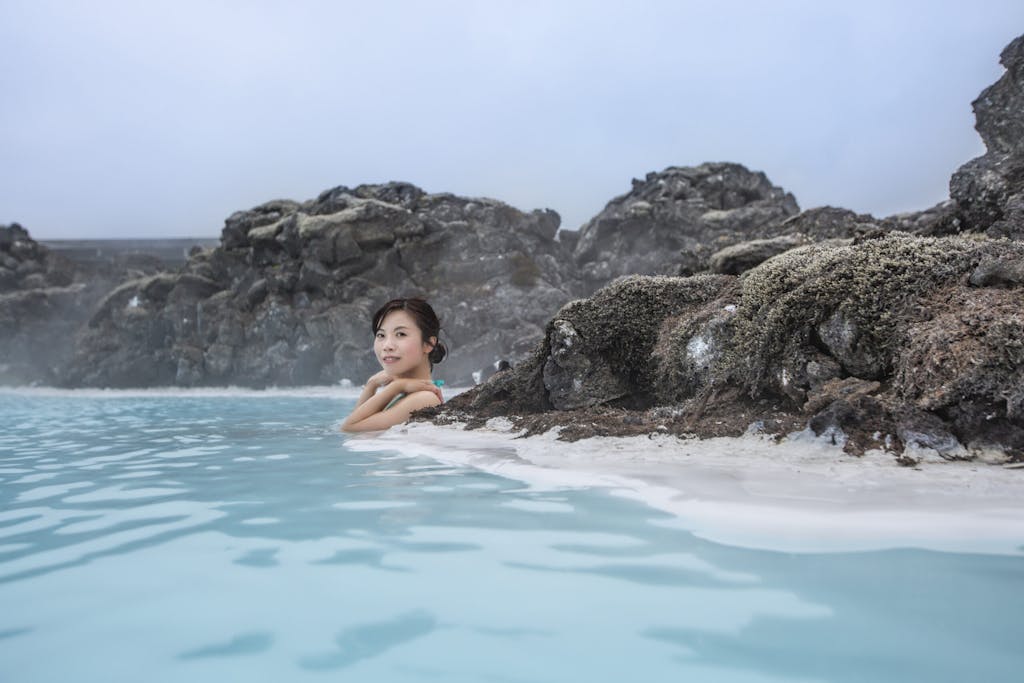
Meanwhile, in Iceland, the country’s innumerable outdoor hot springs serve a similar function; most are adjacent to a cold-water plunge, such as a lake. The famous Blue Lagoon, by the way, is not a natural hot spring: It holds the water used in a nearby geothermal power station.
Demography vs. history
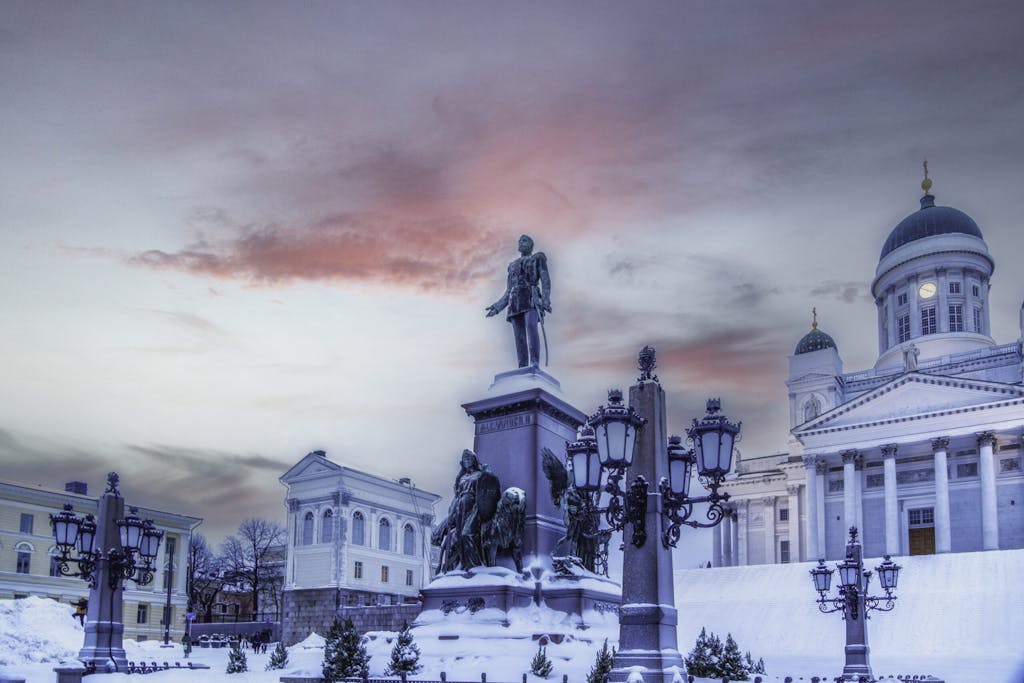
What’s the difference between Scandinavian and Nordic?
The people of Sweden, Norway, Denmark and Iceland share distant ancestors and a common history as the homelands of the Vikings who invaded much of Northern Europe a millennium ago.
Ireland, England and France also hold many Viking descendants; Dublin, for example, was founded by Viking invaders in 841 A.D. Similarly, Kyiv, Ukraine, was taken by Viking King Oleg in 882.
Although those lands are no longer considered Scandinavian or Nordic, the Viking homelands remain so, and are defined by their peoples’ language groups: Scandinavian and Finnish. The Scandinavians descend from nomadic tribes who reached the area about 5 millennia ago and are considered Germanic.
Finnish is a Uralic language, and its speakers originated near the Ural Mountains more than 3,000 years ago. Finnish speakers began to inhabit what is now Finland around 2,000 years ago and coalesced into a distinct culture. But it spent centuries largely ruled by Sweden or Russia until Finland declared independence in 1917 during the Russian Revolution.
Although some consider Scandinavia to include all five Nordic countries, others are adamant that Finland is not part of Scandinavia and perhaps not Iceland either. These debates, however argued over, ignore the modern fact that all five countries bear distinct sociopolitical similarities under a political, cultural and economic social-welfare rubric called the “Nordic model.”
Who was here first?
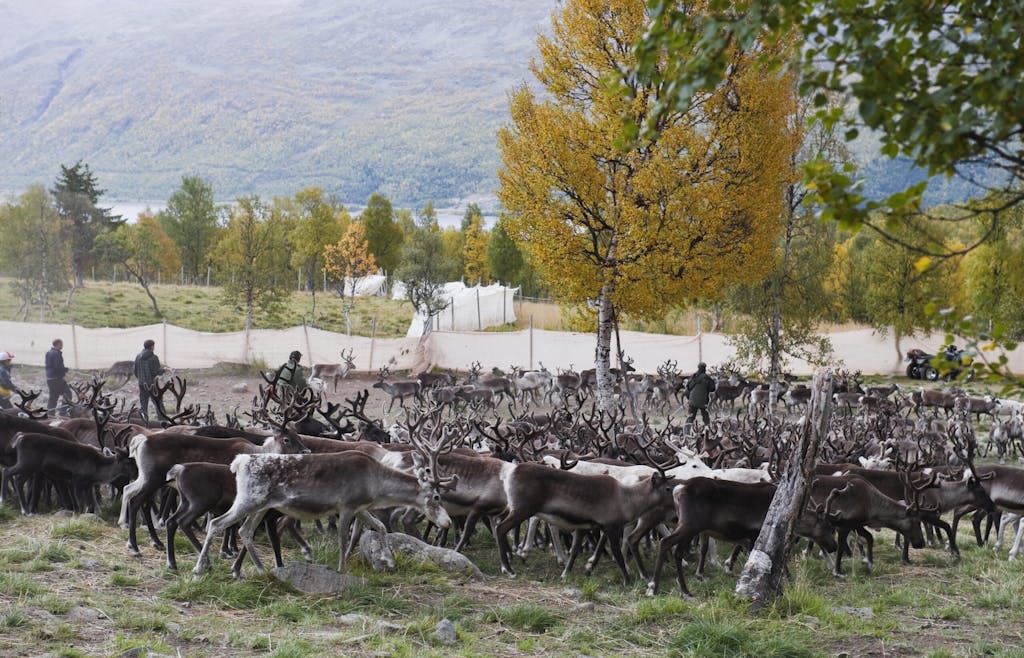
As in so much of the modern world, an indigenous group originally inhabited much of the Northern Scandinavian region (which anthropologists call Fennoscandia), and this remains their homeland. About 100,000 Sami live in the far north of Norway, Sweden, Finland and Russia, still speak their own language and honor their ancient culture, which is based on herding reindeer.
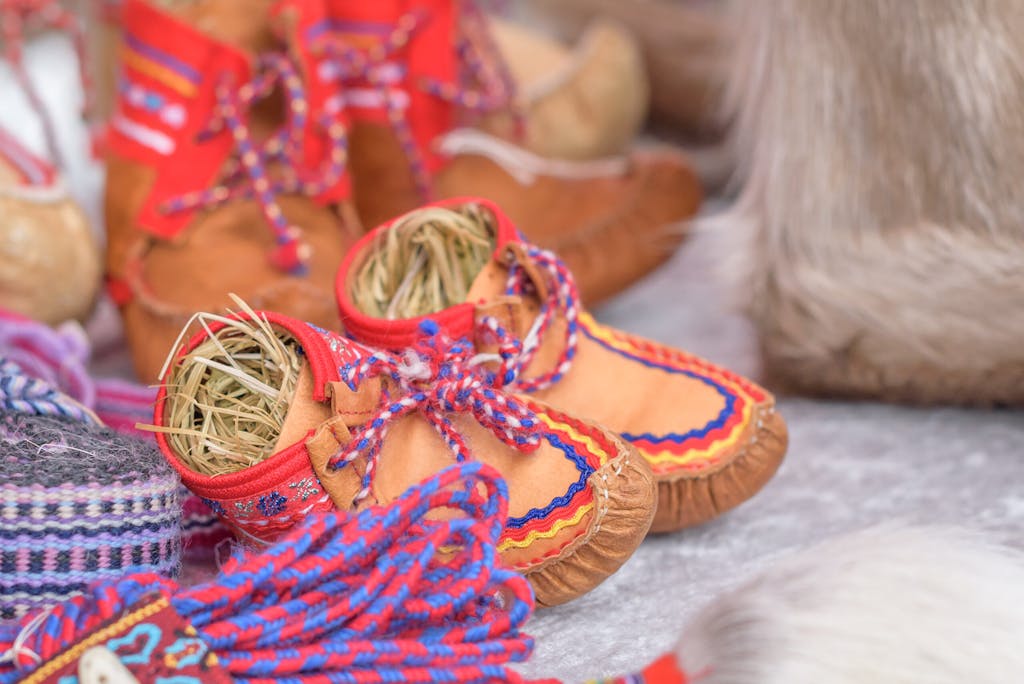
Many Sami people have moved south and can be found in southern Sweden, Norway and Finland. Visitors may enjoy shopping for their distinctive crafts based on reindeer hides and birch wood. These people were originally called Laps, and their territory Lapland, but the Sami consider those terms insulting colonial appellations.
Giving peace a chance

A thousand years ago, the ancestors of today’s Swedes, Danes and Norwegians terrorized most of Northern Europe. After the end of the Viking Age in 1066, innumerable battles and wars ensued around the Baltic region as Sweden, Denmark and Poland fought for supremacy, a centuries-long episode involving as many as three dozen conflicts that finally subsided in 1814 when a peace yielded the current situation.
Today, the Nordic countries are among world leaders at practicing and promoting peace. Uniquely, the Nobel Peace Prize is sponsored by a Swedish organization founded by Alfred Nobel, the industrialist who invented dynamite, but the prize is awarded each year in Oslo.
None of the Nordic countries has initiated any significant military action since the 19th century, although Finland resisted the Russian invasion in 1939 during the Winter War, and Norway and Denmark resisted the Nazi invasion during World War II.
Capital ideas
All five capital cities, which are main ports of call for Silversea, offer visitors a multitude treasures. Enhancing the appeal: Rach city is eminently walkable, and, as always, a stroll through a small city reveals delights found in few travel guides, such as a swan nurturing a clutch of cygnets the tiny cove of a park lake. All are in attractive settings and make sensational use of their shorelines. And all offer adventurous diners new and wonderful cuisine.
Reykjavik, Iceland, outpost in the middle of the North Atlantic

The most conspicuous landmark in Iceland’s capital is the 244-foot spire of Hallgrimskirkja church, whose graceful ivory exterior is somehow expressive of the country’s spirit. Blue Lagoon and Sky Lagoon, soaking “lakes” near the city, draw on waters released from geothermal power projects.
Iceland may be the world capital of what most Westerners would consider dangerously exotic foods: Fermented shark, whale meat and blubber, sheep’s head and testicles, cod tongue are among the lengthy list. A more accessible specialty is rye bread baked in the hot sand at geothermal sites, the staff of life, infused with Iceland’s limitless natural energy.
Copenhagen, Denmark, capital of the land of make-believe
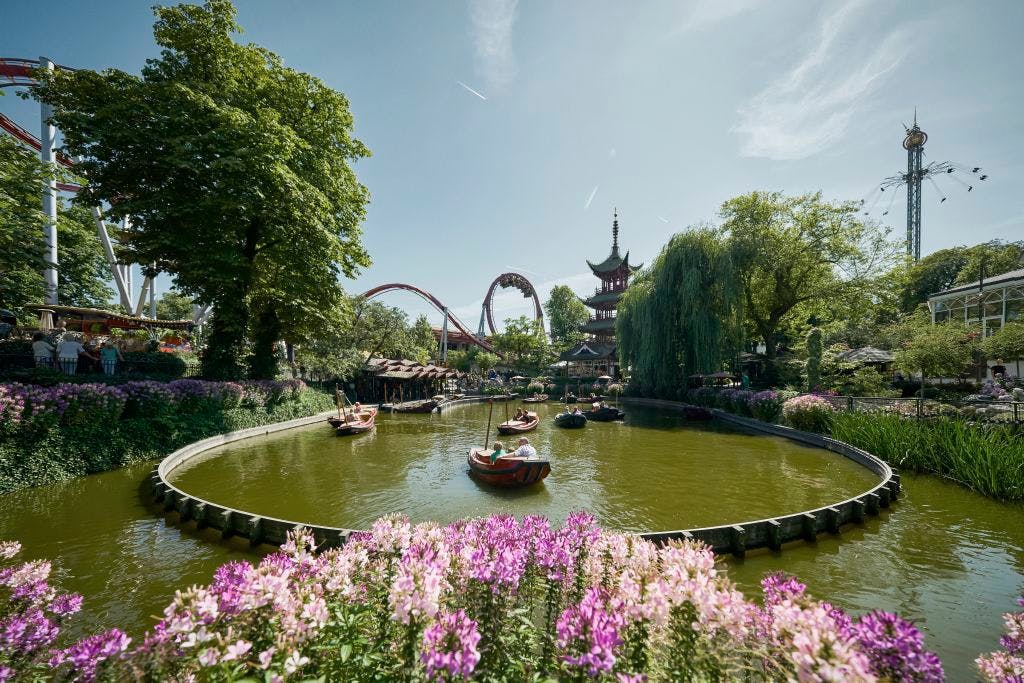
Hans Christian Andersen‘s famous fairy tales are a Danish national treasure, and “The Princess and the Pea,” “The Little Mermaid,” “Thumbelina” and “The Ugly Duckling” are familiar to children around the world. Andersen’s tales were the inspiration for Tivoli Gardens, Copenhagen’s best-known attraction, a charming, compact family-friendly theme park that gave Walt Disney the idea for his parks in the U.S.
Nyhavn is an attractive old town district known for its atmosphere and waterside restaurants. Kronborg Castle is in Helsingor, an hour from the capital by train. This impressive medieval fastness was once the home of a prince named Hamlet, made world famous by one Will Shakespeare.
The Little Mermaid statue, another Copenhagen landmark inspired by an Andersen fairy tale, is poised on a rock in the harbor. It regularly appears on internet lists of overrated attractions. It’s much smaller than you might expect, sometimes high and dry because of tidal flux, and draws long lines of tourists determined to get a difficult selfie.
The iconic Danish seafood dish is smorrebrod, an open face sandwich made with fresh dilled shrimp on dark rye bread with beets. An even fancier version comes with fish, lettuce and stjerneskud, local caviar. (Swedes are fond of their own version made with lighter bread.) But the Danish national dish is usually considered stegt flaesk, crispy pork with potatoes.
Stockholm, Sweden, the Venice of the North

Set along dozens of sparkling sapphire waterways, the Swedish capital is one of the world’s most enchanting and visually appealing cities.
About 40 percent of the city’s land is devoted to parks, so it is also lusciously green. One of those parkland areas, Djurgarden, is the home of three of the city’s most popular attractions: the Vasamuseet holds a massive oak, 64-gun warship built in 1628 for one of the many Scandinavian wars.
Alas, engineers flubbed their calculations. The ship was too heavy, and it sank in the harbor after sailing just 1,400 yards. It was raised in 1961, coated in polyethylene glycol, and put on display in 1990. It is strangely mesmerizing.
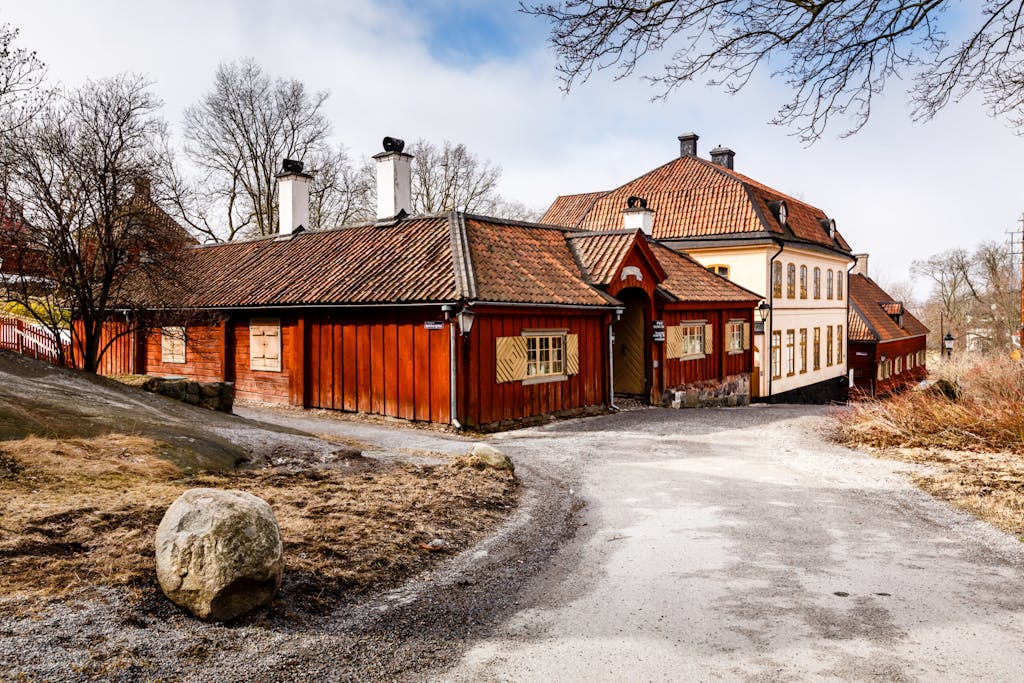
Nearby, Skansen, a 75-acre open air folklore park, delightfully depicts traditional Swedish life. You might encounter flaxen-haired girls spinning flax into linen yarn or bakers preparing traditional barley flatbread in wood-fired ovens.
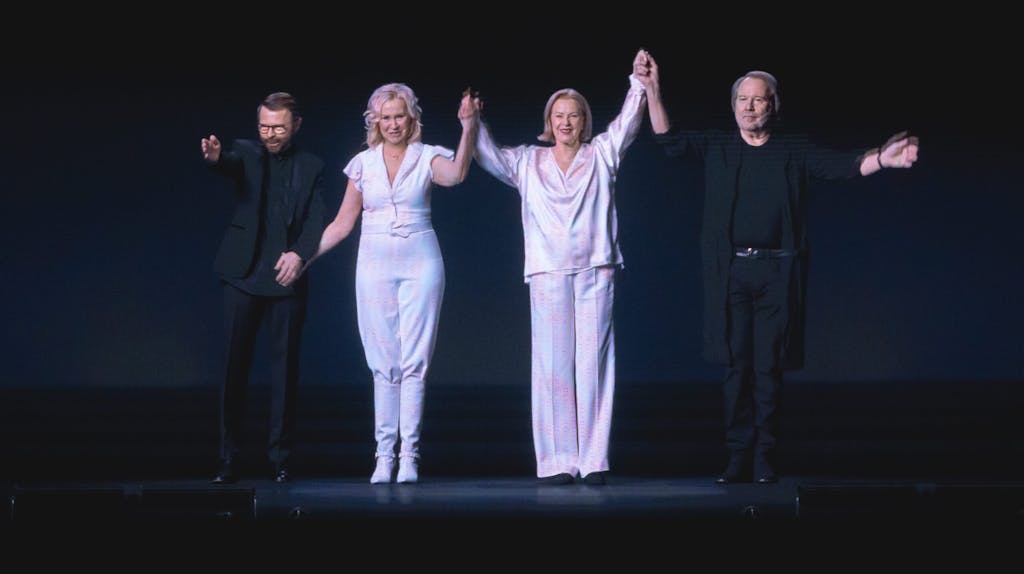
Between Skansen and the Vasa is Abba the Museum; little description is needed to explain the enduring appeal of one of history’s most popular musical groups.
There are several dozen other museums in Stockholm, depicting topics as varied as Viking history and Swedish art. Then, too, the park that encompasses most of Djurgarden is sumptuously beautiful. Rosendals Tradgard, in the park, is a café set in an old orchard which is an awesome place to have fika.
The city’s waterfront is lined with docks from which small ferries depart daily to the Stockholm Archipelago, the 20,000 islands between the city and the Baltic, many of which hold small villages with cheery cafes, walking trails and craft shops.
The menu in Stockholm can be as varied as meatballs and gourmet preparations of venison. A dish of lingonberries, the Nordic version of cranberries, accompanies nearly every meal. In Stockholm I was stunned by the best salmon I have ever eaten three times, at Wedholms Fisk.

A dozen yards away is the memorial to Raoul Wallenberg, the Swedish diplomat who served in Hungary and saved thousands of Jews from the Nazis before he was seized. It is unclear when Wallenberg died, but it is thought he was killed in a Soviet prison in in 1947, on orders from Joseph Stalin who died in 1953 under unclear circumstances.
Oslo, Norway, seaside harbor and peace capital

Two things dominate in Oslo, Norway’s serene, attractive harborside capital: seafood and art. The Munch museum, which reopened in 2021, celebrates artist Edvard Munch, whose “The Scream” is recognizable worldwide. It holds thousands of works by its namesake artist and is set on the waterfront next to the architecturally famous Oslo Opera House.
The Vigeland Museum, set in Frogner Park overlooking the city, holds 200 sculptures by its namesake artist Gustav Vigeland, whose work, even 80 years after his death, stirs controversy. Is it simplistic nonsense? What about all the cloying focus on children? Was he exalting the Nazi Aryan ideal? Best to hire a guide, listen and look and decide for yourself.
The Nobel Peace Center is an 1872 neoclassical former train station where visitors may learn about Alfred Nobel and his namesake organization’s efforts to promote nonviolent conflict resolution. Guided tours are the best way to experience the facility.
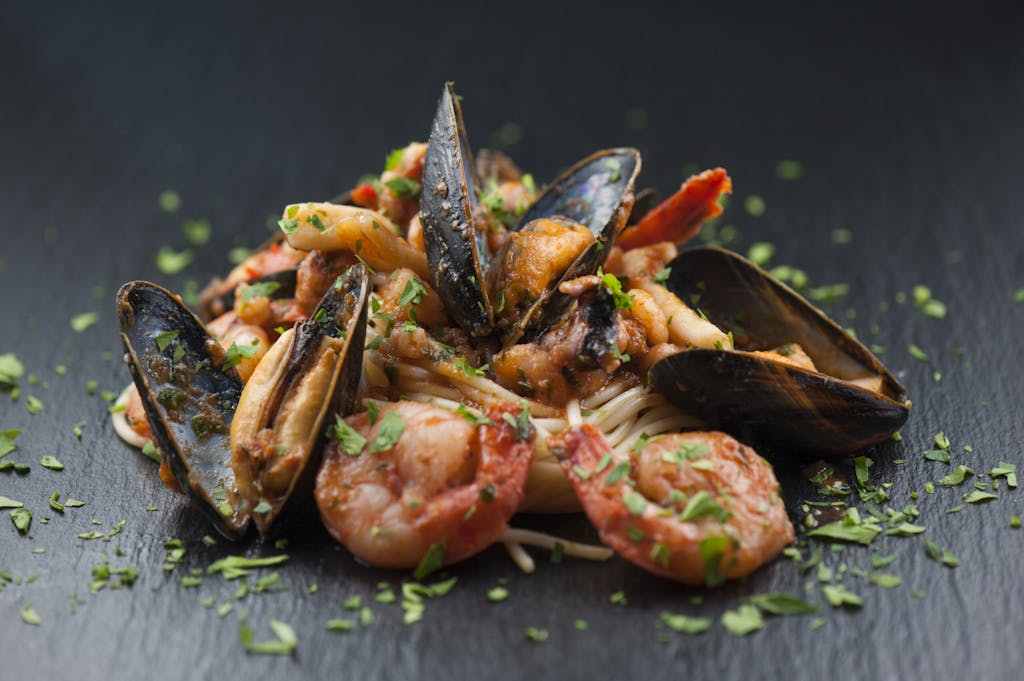
Oslo’s waterfront is home to dozens of seafood restaurants focused on Norwegian staples, including salmon, crab and North Sea shrimp. Bergen fish soup is a traditional favorite, made with pollock and double cream, with fish balls, sour cream and egg yolk added before serving.
Lamb dishes also dominate Norwegian menus, starting with mutton and cabbage. Adventurous diners can try sheep’s head and fermented trout.
Helsinki, Finland, the capital of the north
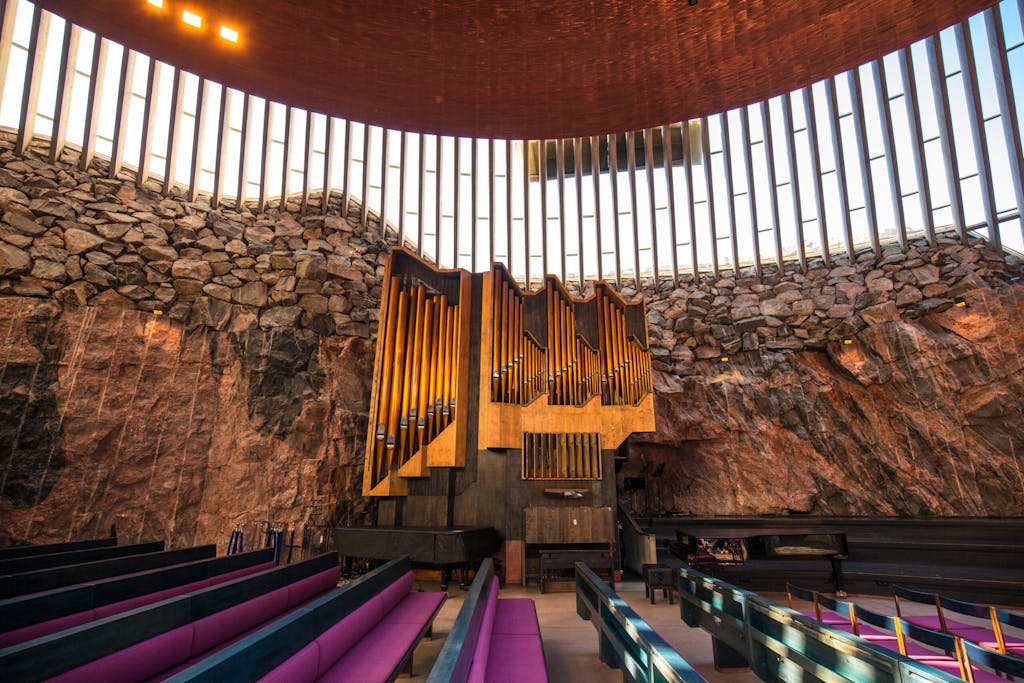
The Finnish capital’s best-known landmark is the intriguing Temppeliaukio Church, the “Church in the Rock,” carved entirely into a large buttress of bedrock in the middle of the city. Uspenski Cathedral‘s red brick bulwark has a commanding position atop a hill, its green copper roofs contrasting with the red brickwork.
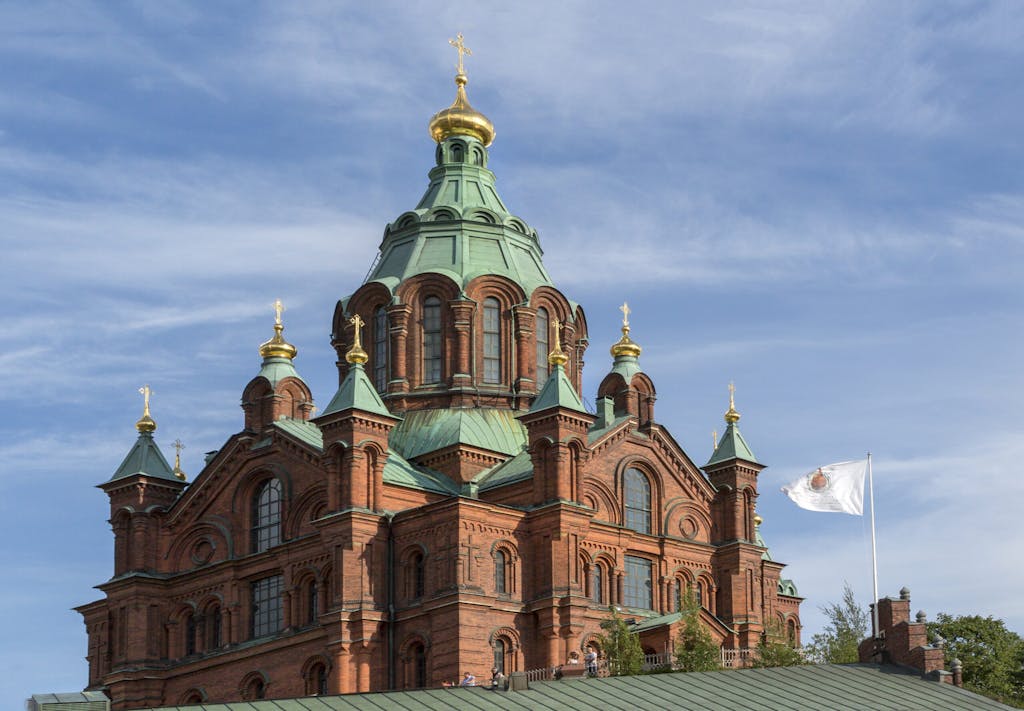
The vendors at the waterfront Old Market Hall have been offering foodstuff to the city’s residents since 1889, and is the place for a lunchtime excursion sampling Finnish traditional foods.
On the menu in Finland are reindeer, often served as a sort of goulash; and fish pie, a small fish baked for hours inside a loaf of rye bread, known as kalakukko. You’ll also find local cheeses and the Baltic Sea’s ever-present herring.
